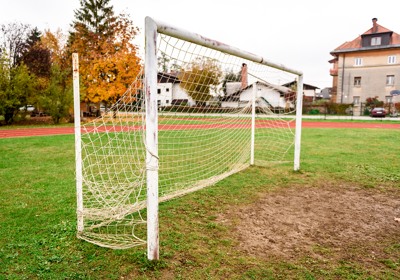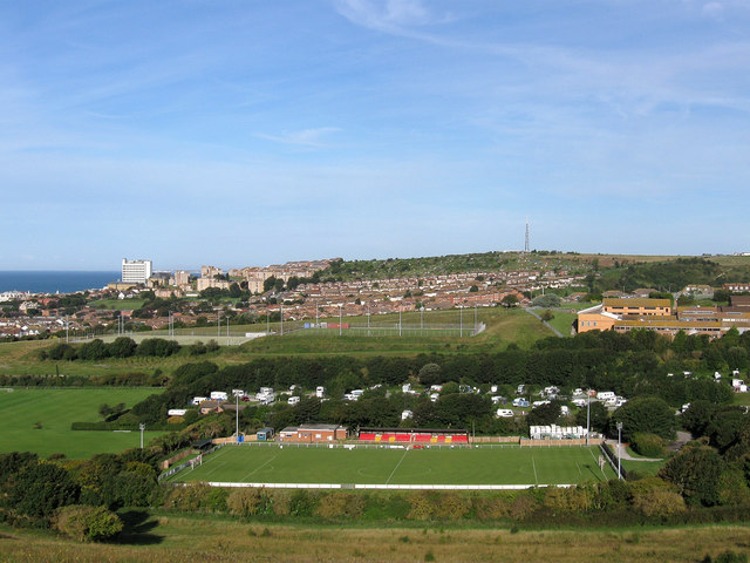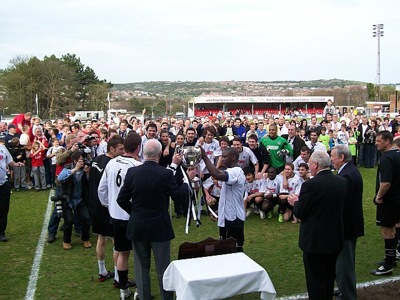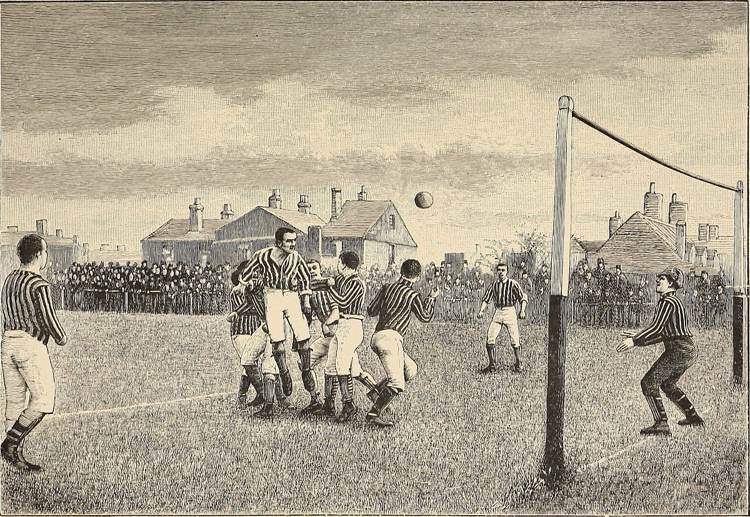Isthmian League Stadiums & Stats

Prior to 1905 amateur clubs couldn’t compete with each other in a league, having to make do instead with cup matches in order to challenge themselves.
Obviously not all amateur sides were happy with this, so they got together to discuss the formation of a strong amateur division that would be accessible to teams through invitation only.
Suffice it to say things have changed in many ways since then, not least through the commercialisation that has seen the league sponsored by Ryman and Bostik in the past, and currently by Pitching In, an Entain owned investment programme supporting grass roots sports.
Here we’ll let you know about the different types of stadiums you’ll find in the Isthmian League, some information about its origins, as well as some more of the league’s history.
Team Stats
| Team | Year Founded | Nickname | Team Owner |
|---|---|---|---|
| Dartford FC | 1888 | The Darts | Steve Irving |
| Kingstonian | 1885 | The Ks | Mark Anderson, John Fenwick, Malcolm Winwright |
Ticket Prices
| Stadium | Season Ticket Price (Adult) | Season Ticket Price (Conc) | Season Ticket Price (Junior) | Match Ticket Price (Adult) | Match Ticket Price (Conc) |
|---|---|---|---|---|---|
| Dartford FC | £256.00 - £256.00 | £176.00 - £176.00 | £32.00 - £80.00 | £16.00 - £16.00 | £11.00 - £11.00 |
| Kingstonian | £190 - £190 | £114 - £114 | £0 - £0 | £10 - £10 | £6 - £6 |
Isthmian League Stadiums

One of the things a lot of people love about football is the fluid nature of how the game works. Because of that, it’s impossible to say that all stadiums in any given league follow one particular style or ‘type’.
Having said that, the Isthmian League is made up mostly of semi-professional clubs, so you’re hardly likely to be rocking up to grounds that look like Anfield or Old Trafford.
The stadiums are, generally speaking, basic in their nature. If you viewed them from the sky you might be forgiven for thinking that they were little more than large patches of grass with specific boundaries.
In actuality they are football pitches surrounded with hoardings that the crowd can stand behind in order to watch the action.
Capacity tends to be less than 5,000 at most of the grounds, and the majority of that will be standing.
About The League

The Isthmian League was originally formed as a way to let amateur teams play each other in a more organised and structured fashion than was previously available to them.
The Isthmian League consists of three divisions that are on levels 7 and 8 on the English footballing pyramid. How can three leagues only take up two levels? I’m glad you asked. The Premier Division is the top top-flight of the Isthmian League, with the next rung down, Division One, being split into two separate sections geographically.
Division One North and Division One South are the ‘feeder’ leagues for the Premier Division, with clubs being grouped together depending on where in the country they are based. This is in order to save the clubs having to travel too far for their games. Because neither the Northern nor Southern league is better than the other, they occupy the same level on the footballing pyramid.
Winners are promoted to the National League South, whilst the bottom clubs are relegated to one of several different divisions.
Isthmian League History

Formed in 1905 when representatives of different amateur clubs such as Casuals, Civil Service, Clapton, Ealing Association, Ilford and London Caledonians got together to discuss the formation of a league for amateur clubs, the Isthmian League was named after the Ancient games of Isthmia.
Don’t ask me why, I expect they were drinking at the time.
The league began to accept professional clubs into its midst during the 1970s. It refused the opportunity to become part of the Alliance Premier League when it was formed in 1979, despite the fact that two of the Isthmian League’s clubs, Enfield and Dagenham, defected to the newly formed APL in 1981.
The league’s champions were admitted to the Football Conference for the first time in 1985, and it underwent further re-organisation in 2002, 2004 and 2006 to make it into the league we know today.
